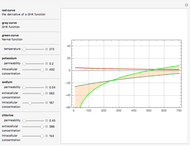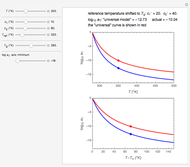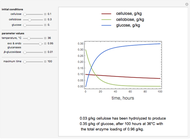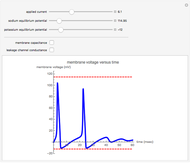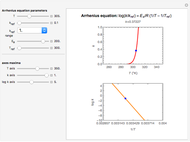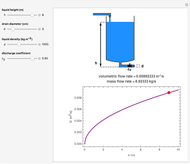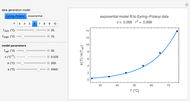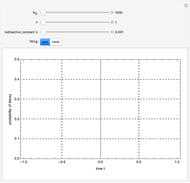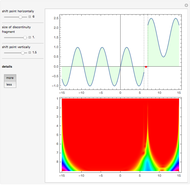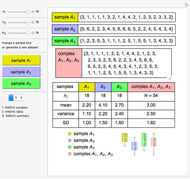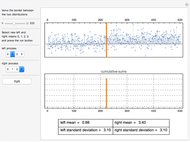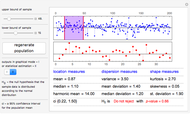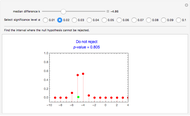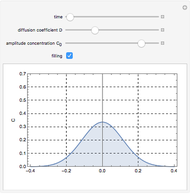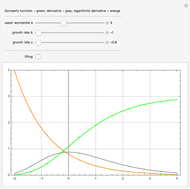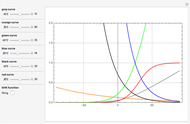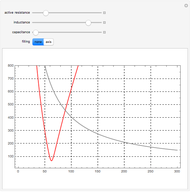The Alpha and Beta Components of the Hodgkin-Huxley Model
Initializing live version

Requires a Wolfram Notebook System
Interact on desktop, mobile and cloud with the free Wolfram Player or other Wolfram Language products.
The Hodgkin–Huxley (HH) neuron model is based on the following equations:
[more]
Contributed by: Olexandr Eugene Prokopchenko (March 2011)
Open content licensed under CC BY-NC-SA
Snapshots
Details
Hodgkin and Huxley's model is based on the results of voltage clamp experiments. Approximate formulas of  and
and  :
:
 ,
,
 ,
,
 ,
,
 ,
,
 ,
,
 .
.
Permanent Citation


























